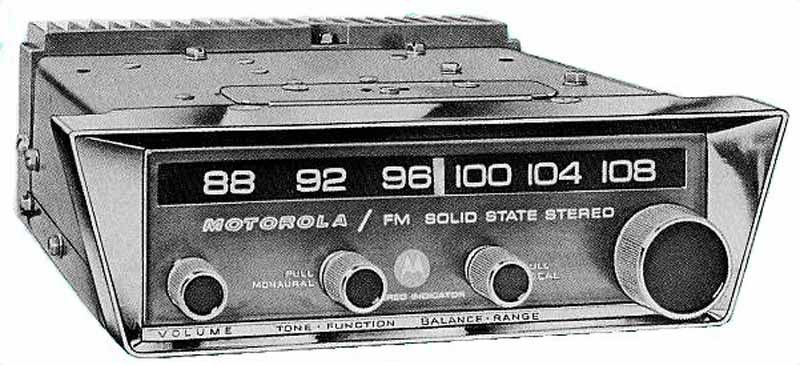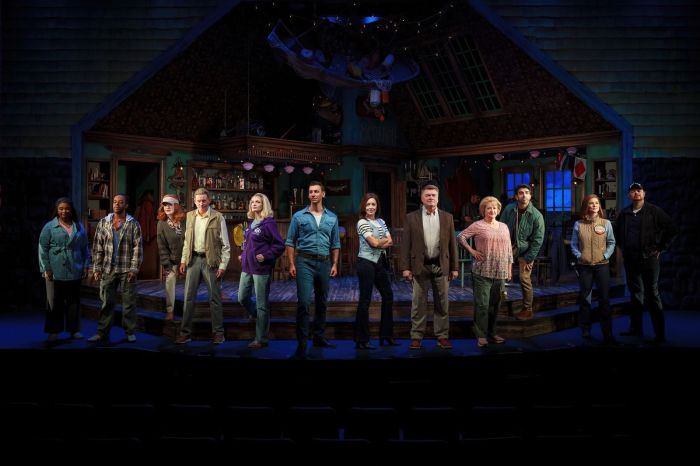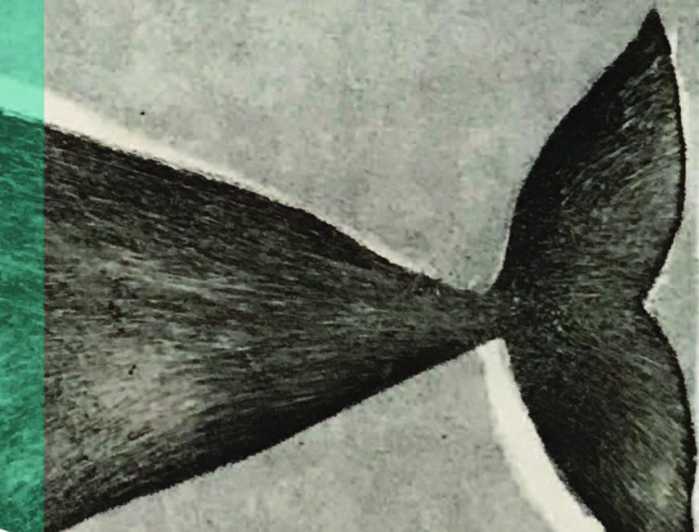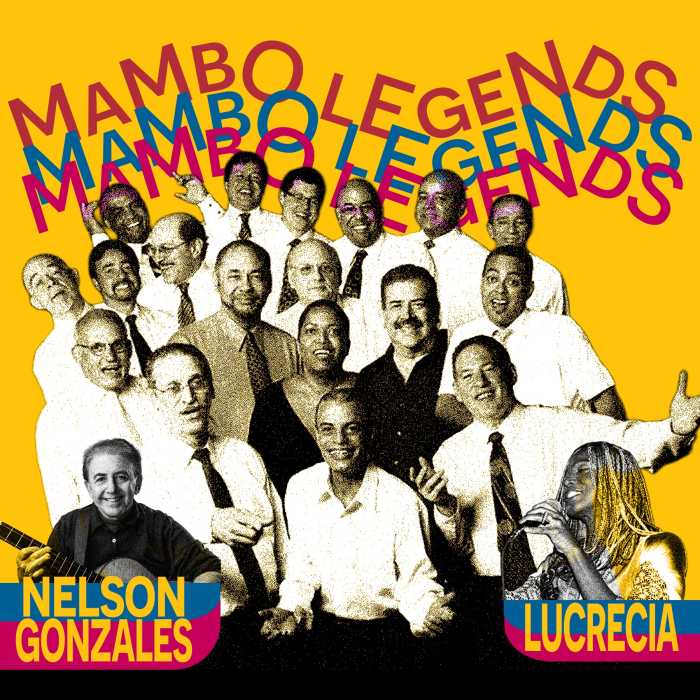
For nine decades, we’ve been cruising along in our automobiles, accompanied by music. You could say the two go hand-in-hand. Here’s a look at how we got to satellite connectivity, all the way from AM/FM broadcast.
1930
Commercial In-Car Radio
In 1930, Paul and Joseph Galvin, along with William Lear, developed the first dashboard radio at the cost of $130 (the cost of a Model A Deluxe coupe at the time was $540). The Galvins named their radio “Motorola” or motorized Victrola, debuting in a Studebaker.
1952

FM Radio
AM radio ruled the airwaves, but in 1952 Blaupunkt, a German manufacturing company, introduced the first in-car FM radio. AM radio still dominated well into the 1960s.
1953
Becker Mexico Introduced
Becker’s iconic Mexico radio launched a premium in-car radio in 1953. It had AM/FM and the first fully automatic station-search button. And newer transistor-based radios in the mid-to-late 1960s reduced the amount of space and power required—no more vacuum tubes.
1956
Music On Demand
Chrysler offered a small turntable in its high-end cars, playing proprietary seven-inch records with about 45 minutes of music. Needless to say, it didn’t last very long.
1963

All-Transistor Radio
A number of manufacturers introduced transistors to their after-market car radios in the early 1960s, but Becker’s Monte Carlo was the first to be fully “solid state”—no vacuum tubes.
1965

Eight-Track
Stereo 8, or eight-track tapes, are now typically known for having terrible sound quality and for being poorly constructed; but in 1965, Ford and Motorola introduced eight-track players for in-car audio. They were the predecessor to the cassette tape and stuck around through most of the 1970s.
1969
Stereo
Becker’s Europa was the first in-car stereo setup, with the tuner amplifying two channels instead of one.
1970
Cassette Tape Players
Cassette tapes allowed for a customized playlist: the mix tape. This development also led to the creation of after-market cassette-tape players from Alpine, Pioneer and others.
1982

Premium Stereo System
Bose and GM’s Delco teamed up to offer the first “designer” stereo system. These were primarily found in Oldsmobiles, Buicks and Cadillacs. The early 1980s also brought us the “Benzi box”-style pull-out stereo receivers, which were a response to the plague of break-ins and theft that afflicted many cities in the U.S. Later, receivers with detachable and even motorized faceplates were available. Multiple speaker configurations also became increasingly popular, including subwoofers and customized installations.
1985
 Factory-Installed In-Dash CD Player
Factory-Installed In-Dash CD Player
While Sony had introduced an in-dash player the previous year, Becker’s Mexico Compact Disc (CD) was the first to be factory installed. The CD brought improved sound quality that remained pristine for thousands of plays, instead of degrading over time like cassettes did—except until scratches rendered it unreadable. CDs also let you skip tracks back and forth instantaneously, instead of tedious fast forwarding and rewinding.
Multi-disc CD changers began to appear in the late 1980s and let you store as many as five, six or even 10 CDs at a time, and switch between them while you were driving.
2000
Digital Music Revolution
Cars began to come with auxiliary inputs that connected to any MP3 player’s headphone jack. Integration for the iPod was still a few years off. As soon as the iPod and competing models became popular, sales and usage of the CD began to decline.
2010

Satellite
Bluetooth streaming, satellite radio, electrical connectors and internet radio dominate today. Some vehicle manufacturers have their own systems for syncing the car with smartphones, for example: BMW Assist, Ford SYNC, OnStar and Jeep U-Connect.



































